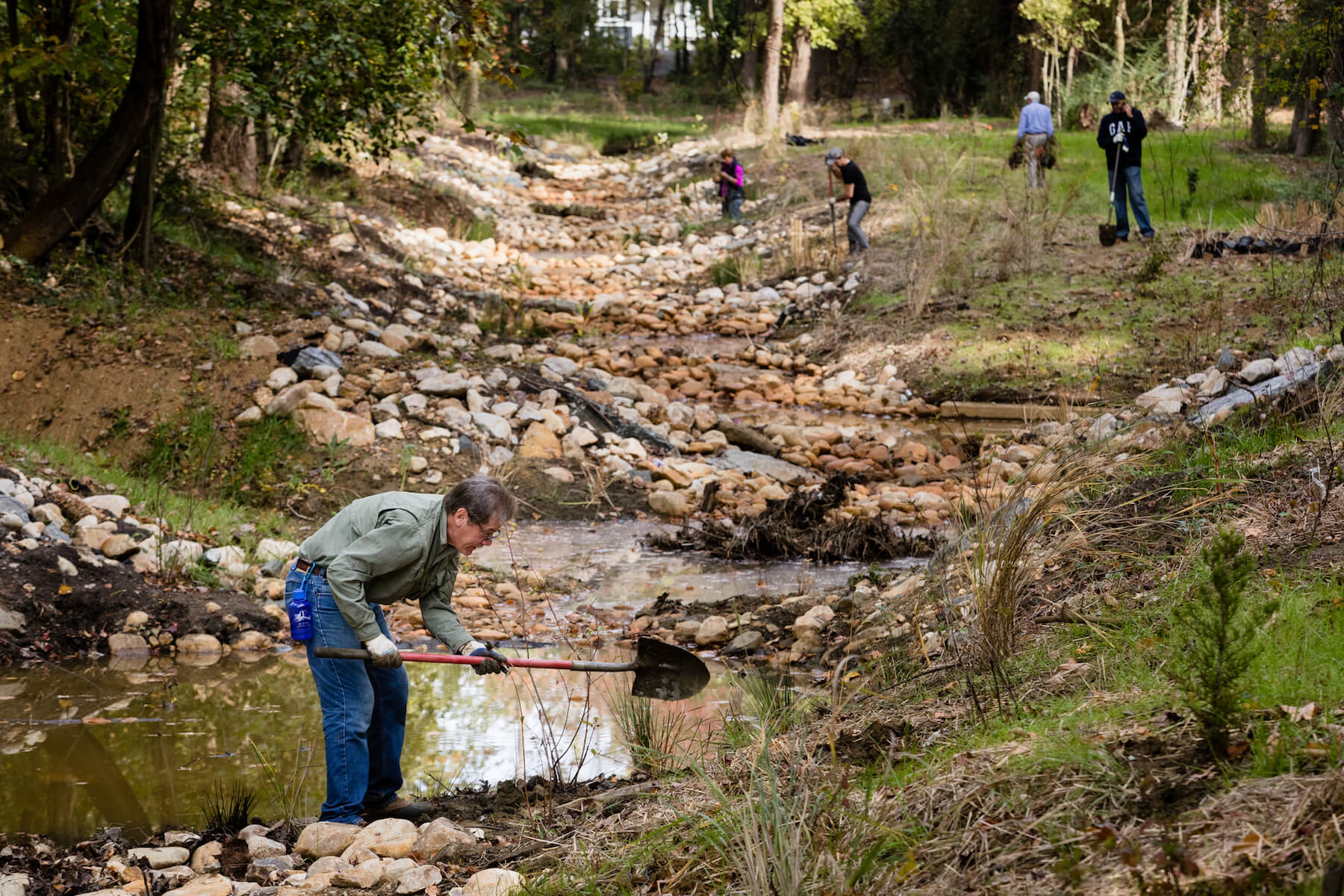Water quality in the Chesapeake approaches record high

Estimated water quality in the tidal Chesapeake Bay has reached a near-record high. According to preliminary data, almost 40 percent of the Chesapeake Bay and its tidal tributaries met clean water standards for clarity, oxygen and algae growth between 2014 and 2016. This two percent increase from the previous assessment period is due in large part to a rise in dissolved oxygen in the deep channel of the Bay.
While this positive sign of resiliency indicates our ecosystem has recovered from the damages sustained during Hurricane Irene and Tropical Storm Lee, water quality must improve in the remaining 60 percent of the Chesapeake Bay and its tidal tributaries if the estuary is to function as a healthy ecosystem.
Local efforts to reduce nutrient and sediment pollution have shown some success under the Chesapeake Bay’s “pollution diet,” but the challenge of putting conservation practices on the ground to further reduce agricultural runoff and urban runoff remains.
Because excess nutrients and sediment are among the leading causes of the Bay’s poor health, the Chesapeake Bay Program uses several environmental indicators in addition to the data described above to track nutrient and sediment pollution and assess aquatic health.
Data collected from the nine largest rivers in the watershed, for instance, help experts estimate the total nitrogen, phosphorus and sediment entering the Chesapeake Bay and its tidal tributaries each year. While pollution loads did remain below the long-term average in 2016, they increased from the previous year.
- Nitrogen loads increased 12 percent to 241 million pounds
- Phosphorus loads increased 35 percent to 13.6 million pounds
- Sediment loads increased 56 percent to 2.5 million tons. Experts attribute this rise to an increase in river flow, which itself is affected by rainfall.
A suite of computer simulations called the Watershed Model helps experts estimate the impact that local conservation and best management practices have had on pollution loads.
Computer simulations show that best management practices are currently in place to achieve 33 percent of the nitrogen reductions, 81 percent of the phosphorus reductions and 57 percent of the sediment reductions necessary to achieve the pollution-reducing commitments of the Chesapeake Bay Watershed Agreement.

In 2016, Chesapeake Bay Program partners surpassed their phosphorus- and sediment-reducing goals. Nitrogen reductions, however, fell short of the target for the fourth year in a row, due in large part to a gap in reported and implemented agricultural best management practices in Pennsylvania.
At the 2016 meeting of the Chesapeake Executive Council, the U.S. Department of Agriculture and U.S. Environmental Protection Agency announced their intent to increase funding, technical assistance and direction for Pennsylvania in order to increase the implementation of nitrogen controls in the Commonwealth.
Improvements in water quality will take time, and there are often lags between the implementation of best management practices and the visible effects of those practices on a waterway.
Read our related press release and 2016-17 Bay Barometer: Health and Restoration in the Chesapeake Bay Watershed, which explores how the watershed is responding to the partnership’s protection and restoration efforts

Comments
There are no comments.
Thank you!
Your comment has been received. Before it can be published, the comment will be reviewed by our team to ensure it adheres with our rules of engagement.
Back to recent stories